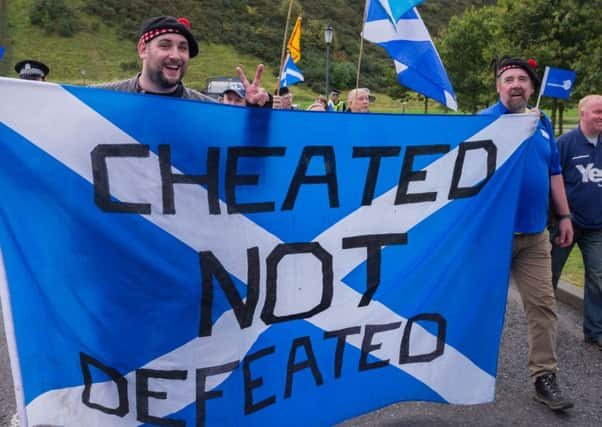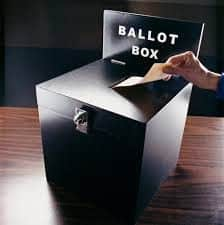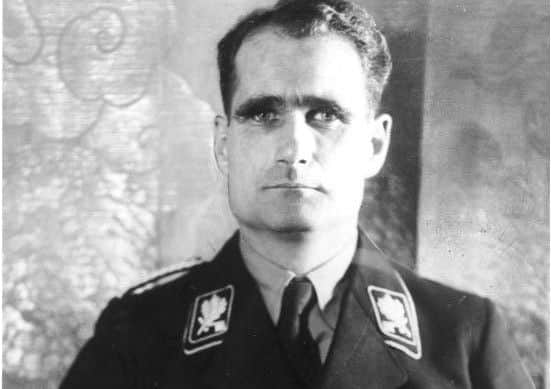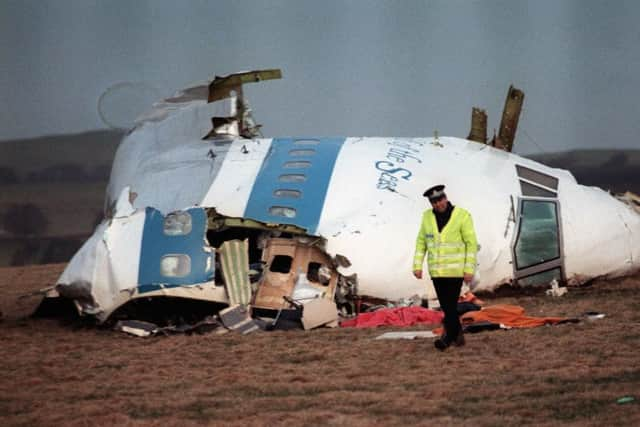Three of Scotland’s biggest conspiracy theories


INDEPENDENCE REFERENDUM
Following the results of Scotland Independence Referendum, conspiracy theories were rife across social media, spreading like wildfire and making their way on to national news. A significant mistrust of government and those in positions of power began to brew among disillusioned Yes campaigners.
Various theories have come to light since the vote was announced including the “McTernan Plan”. It was said that John McTernan, chief of staff to Jim Murphy, the Scottish Labour leader “rigged” the vote by creating thousands of fake No ballot papers.


Advertisement
Hide AdAdvertisement
Hide AdThe British intelligence agency, MI5 were also linked to the alleged cover up. This theory is widely acknowledged according to a YouGov survey which revealed that 26 per cent of Scots think that it is “probably true” that the security services tried to stop the country voting for independence.
Furthermore, 19 per cent stated before the referendum that they thought that the vote would probably be rigged.
During the campaign itself Jim Sillars, the former SNP deputy leader, said it would be “naïve” to imagine that MI5 was not “taking a role.” Official Electoral Commission research after the result found that 42 per cent of Yes voters believed at least some vote-rigging had taken place.
Russian observers have also spoken out about how they believe the vote was rigged and didn’t adhere to “generally accepted international principles of referendums”.


RUDOLF HESS
Adolf Hitler’s deputy Rudolf Hess parachuted into Scotland in 1941 where he was met by pitchfork wielding ploughman, David McLean on Floor’s Farm near Eaglesham, south of Glasgow. Since his arrival, there have been many questions raised about just what he was doing here. Official records of the incident are sealed until 2017 allowing speculation to continue.
Some believe, including Rudolf’s wife, that he was on a peace mission having witnessed the devastation Hitler had inflicted on Europe. Hess believed that Britain and Germany were natural allies and if it hadn’t been for Winston Churchill, war would never have broken out.
It’s believed that Hess was aiming for the Duke of Hamilton’s home in Dungavel with the intention of negotiating peace between the two countries.


After landing on Scottish soil, Hess was transferred to a Glasgow hospital before being moved to the Tower of London where he became a political prisoner. The German was eventually tried at Nuremberg for war crimes and held in Spandau Prison in West Berlin until he committed suicide aged 93.
Advertisement
Hide AdAdvertisement
Hide AdIt has been suggested by researchers that Hess was kept in extremely harsh conditions to stop him from revealing what really happened after he landed in Scotland, including the suggestion that he warned Britain of the holocaust and was this ignored.
One other theory suggests that Hess was never in the prison and it was in fact a doppleganger, explaining the limited contact he had with his family.
LOCKERBIE BOMBING
Pan Am flight 103 was on its way from Heathrow to New York JFK on the night of December 21st 1988 when it was brought down over the Scottish town of Lockerbie in Dumfriesshire by an explosion. All 259 passengers on board the Boeing 747-121 were killed along with 11 people on the ground.
Investigations led to blame to Libyan leader Colonel Gaddafi and Abdelbaset Ali Al-Megrahi and Lamen Khalifa Fhimah, two intelligence agents for Gaddafi, were eventually brought to trial in 2000. Megrahi was convicted of 270 counts of murder in 2001 but many doubts of the conviction still remain.
Although there are many theories in circulation, one posed by the journalist Paul Foot, is the most prominent. As explained by Foot in The Guardian “the Lockerbie bombing was carried out not by Libyans at all but by terrorists based in Syria and hired by Iran to avenge the shooting down in the summer of 1988 of an Iranian civil airliner by a US warship.”
This line of enquiry was apparently followed by both British and US police but was discarded after a phone call from President Bush senior to then prime minister Margaret Thatcher which warned them not to proceed. The following year, the British and US armed forces prepared for an attack on Saddam Hussein’s occupying forces in Kuwait. Troops from Syria were supplied to aide the coalition which meant the country was promptly dropped out of the frame of Lockerbie suspects.
Another theory suggests that a protected drug route ran from Europe to the US which allowed Syrian drug dealers to smuggle heroin in return for providing the CIA with intelligence. The suitcases containing drugs were never checked by airport security and thus were able to be replaced with a bomb. It’s even alleged that the CIA let the attack happen as two of their agents who were on board, were on their way to Washington to expose them.